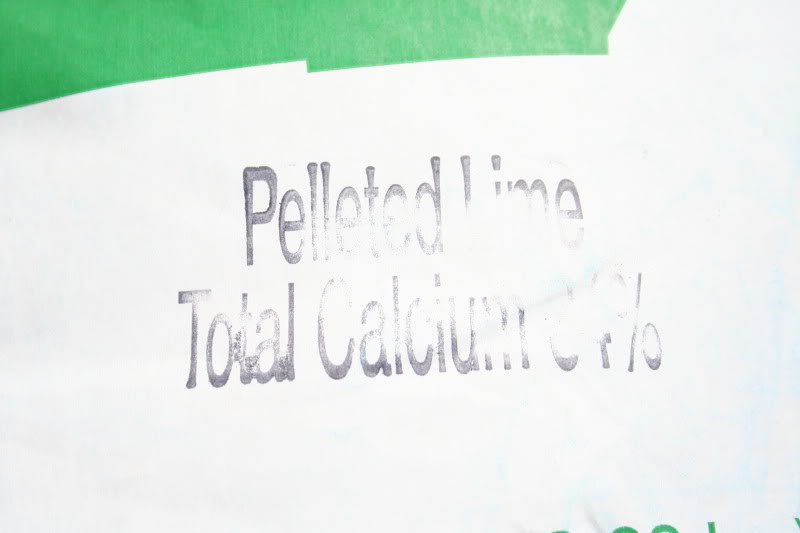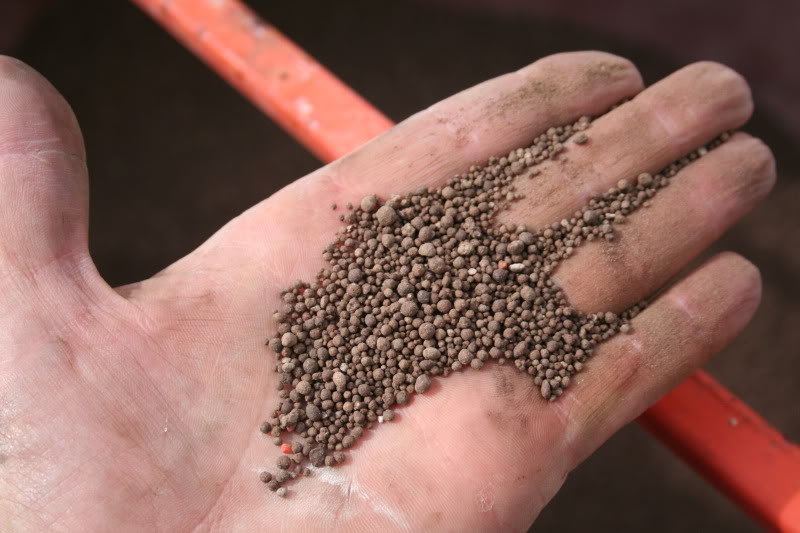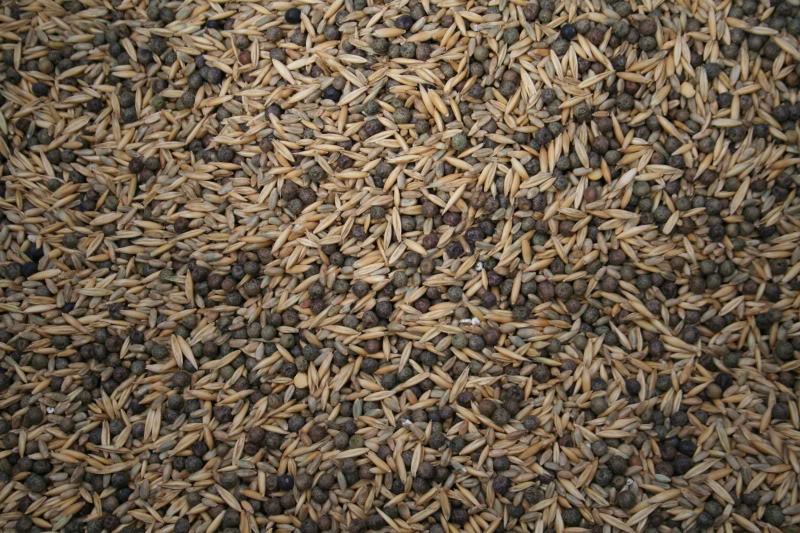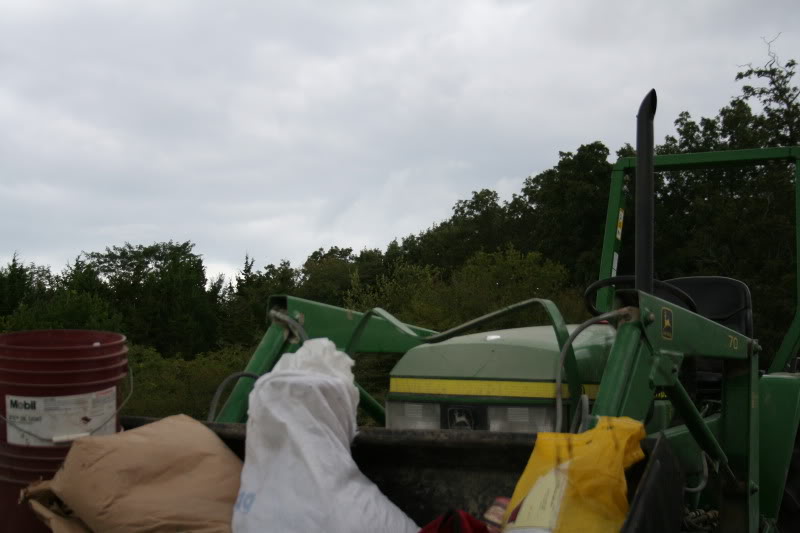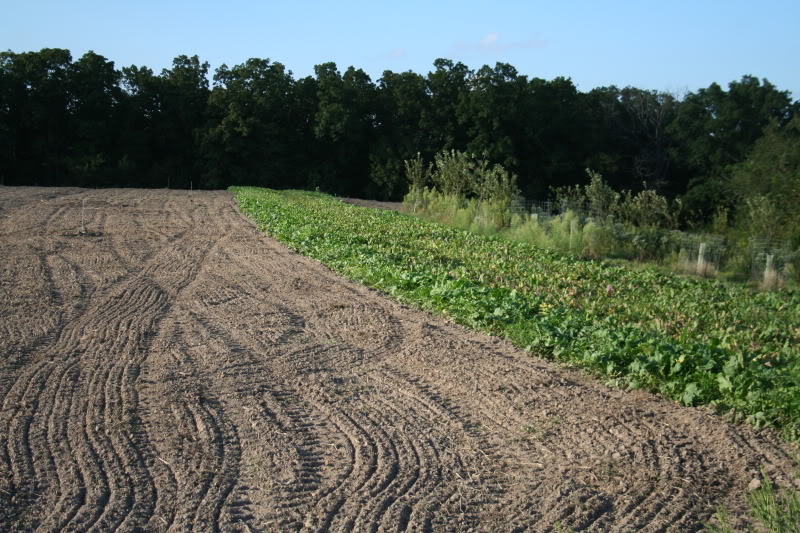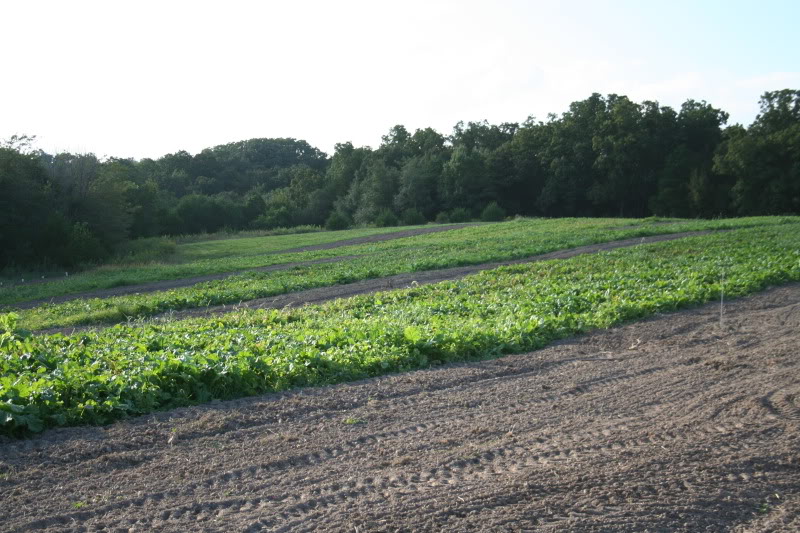dbltree
Super Moderator
This buck...grew up eating winter rye
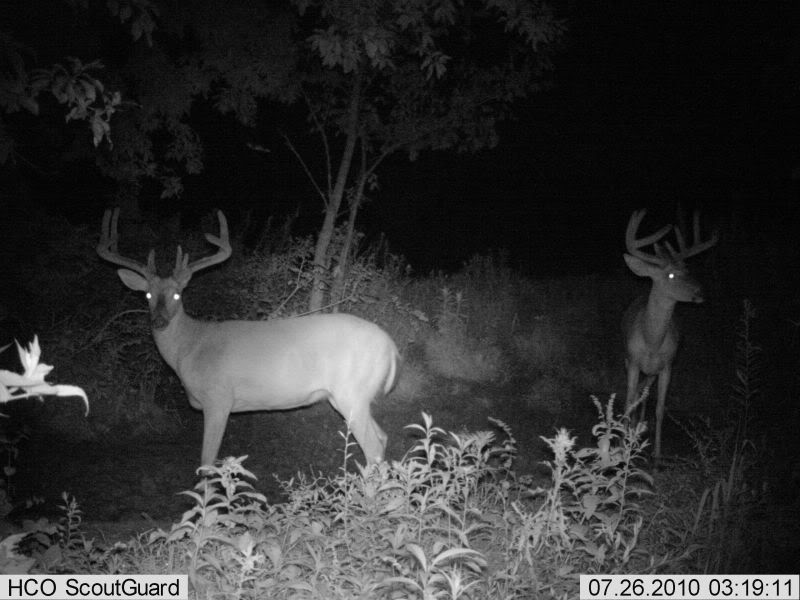
This buck... grew up eating winter wheat
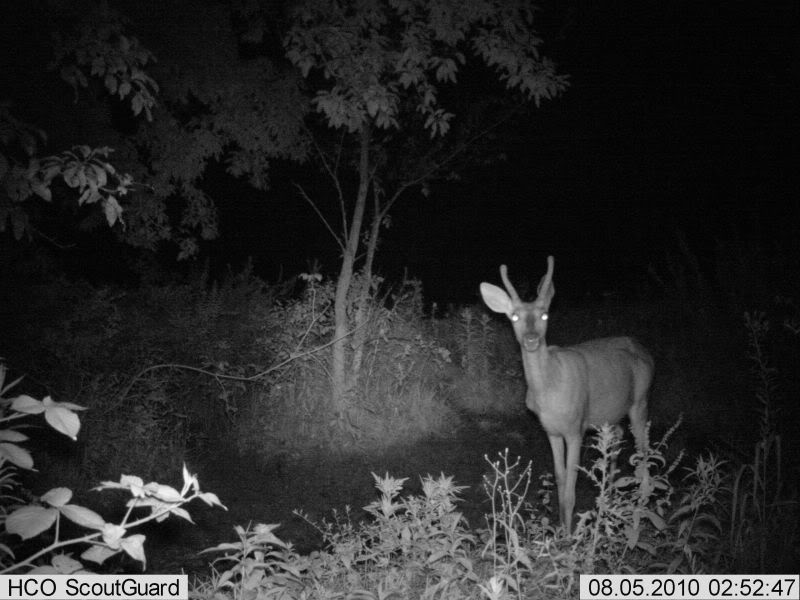
Ha! I am totally kidding of course and which cereal you plant isn't going to amount to a hill a beans difference in the quality of deer you harvest this fall. Bucks will have already done all the growing they will do for the year so cereals are merely an attractant to hold does in early fall and bucks after the rut.
Emphasis should always be on building safe secure bedding and feeding areas using native cover rather then thinking that planting this cereal or that will magically make the difference. Cereal grains can be an important part of a habitat program and rye does provide more positive benefits to both your deer and your soils and in the end can have a huge impact on your entire management plan if used in conjunction with other crops such as clover.
The cost of cereal grain seed is going to vary across the country but Welter Seed is a good place to check prices so you know if your being treated fairly down at the local seed and feed store.
At Welters certified oat seed runs $8-9 a 50# bag, winter rye is $10.90 and winter wheat is $12-17 (BFO is a whopping $32 a bag which translates to RIPOFF so buyer beware!)
It's time to plant...mine will be going in next week, roughly 75# of winter rye and 75 of Jerry and Frank oats along with 50#'s of 4010 peas, 4#'s of white clover, 6 of red clover and 5#'s of GroundHog forage radish. I'll spread 150#'s of urea and till it in, broadcast the larger seeds, lightly till in the cereals and peas, cultipack, broadcast the clover and radish seeds and cultipack again.
Then...I'm gonna put the tractor away, get out my bow and start dreaming about frosty October mornings... :way:

BTW...if your bored at the office your welcome to go hunting with me....just click on the "life and times of dbltree" and leaf through my journal....

This buck... grew up eating winter wheat

Ha! I am totally kidding of course and which cereal you plant isn't going to amount to a hill a beans difference in the quality of deer you harvest this fall. Bucks will have already done all the growing they will do for the year so cereals are merely an attractant to hold does in early fall and bucks after the rut.
Emphasis should always be on building safe secure bedding and feeding areas using native cover rather then thinking that planting this cereal or that will magically make the difference. Cereal grains can be an important part of a habitat program and rye does provide more positive benefits to both your deer and your soils and in the end can have a huge impact on your entire management plan if used in conjunction with other crops such as clover.
The cost of cereal grain seed is going to vary across the country but Welter Seed is a good place to check prices so you know if your being treated fairly down at the local seed and feed store.
At Welters certified oat seed runs $8-9 a 50# bag, winter rye is $10.90 and winter wheat is $12-17 (BFO is a whopping $32 a bag which translates to RIPOFF so buyer beware!)
It's time to plant...mine will be going in next week, roughly 75# of winter rye and 75 of Jerry and Frank oats along with 50#'s of 4010 peas, 4#'s of white clover, 6 of red clover and 5#'s of GroundHog forage radish. I'll spread 150#'s of urea and till it in, broadcast the larger seeds, lightly till in the cereals and peas, cultipack, broadcast the clover and radish seeds and cultipack again.
Then...I'm gonna put the tractor away, get out my bow and start dreaming about frosty October mornings... :way:

BTW...if your bored at the office your welcome to go hunting with me....just click on the "life and times of dbltree" and leaf through my journal....













